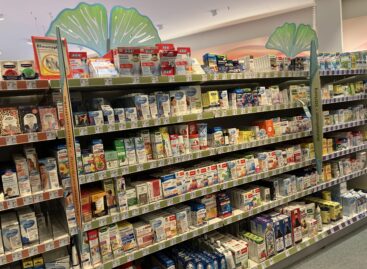Big trader or wholesaler?
The drastic reduction in the number of retail outlets we had expected a few years ago did not take place. Many retailers are gone, but many new ones have appeared. They are supplied by C+C stors and wholesalers. Are they really up to this task? Though the weight carried by wholesalers has been reduced in recent years, they still play an important role. Specialisation has begun – based primarily on product categories – and spontaneous selection has also appeared as a result of market competition. My own experience regarding the subject comes mainly from the tobacco business. Here, the supply side was the one making all efforts for sales in the mid 90’s. Wholesalers expected suppliers to “serve” their needs, though they had sales networks of their own. Distribution and the carrying of a full assortment was not really an objective. Performance of their sales teams was not measurable and they could only be made interested in boosting sales by special promotions and competitions. Prior to my visits to stores in the past few months, I expected to see major progress and integration in the activities of wholesalers. Though efforts related to integration were obviously present, I personally, did not notice any major improvements in practice. My recent experience was by and large similar to that I had already had ten years ago. Long term strategic alliances between suppliers and their wholesalers seem to be missing. Suppliers seem to have failed in winning the definite loyalty of specific wholesalers. Neither do they seem to have made much progress in convincing wholesalers about the importance of brand building. In short, the sales teams of suppliers continue to do the work – visiting stores and registering orders – which should ideally be done by wholesalers, to serve independent retailers. Expectations regarding quantities can put our sales reps under enough pressure to upset priorities. Brand building, distribution, inventories etc. may all be neglected if sales teams are forced to focus solely on quantity. Let us assume that we are free to use one out of two visits our sales reps make for another purpose than merely “selling”. If 10 out of 20 daily visits .are spent doing the work of our wholesaler, and we could only use 5 out of these for purposes like visiting new points of sale, our employees would be 5 visits “better off”. This would translate rather well into business development, with the number of our retail partners regularly visited increasing by 25 per cent. It would be a good basis for improved co-operation to see if our wholesale partners share our vision, mission and strategy and if our organisations are aligned, capable and engaged.
Related news
Related news
WHO: They urge a 50 percent price increase for tobacco, alcohol and sugary drinks
The World Health Organization (WHO) is calling for the prices…
Read more >Eurozone economic growth accelerated in June
The eurozone’s economic performance accelerated in June, according to the…
Read more >This is how drug prices are changing: the government introduced price restrictions
The Ministry of National Economy’s price restrictions on medicines came…
Read more >



